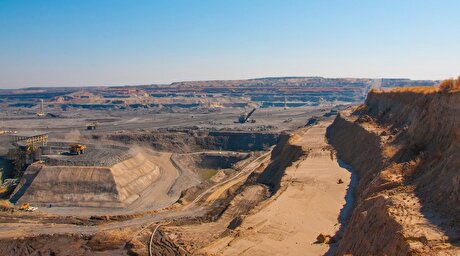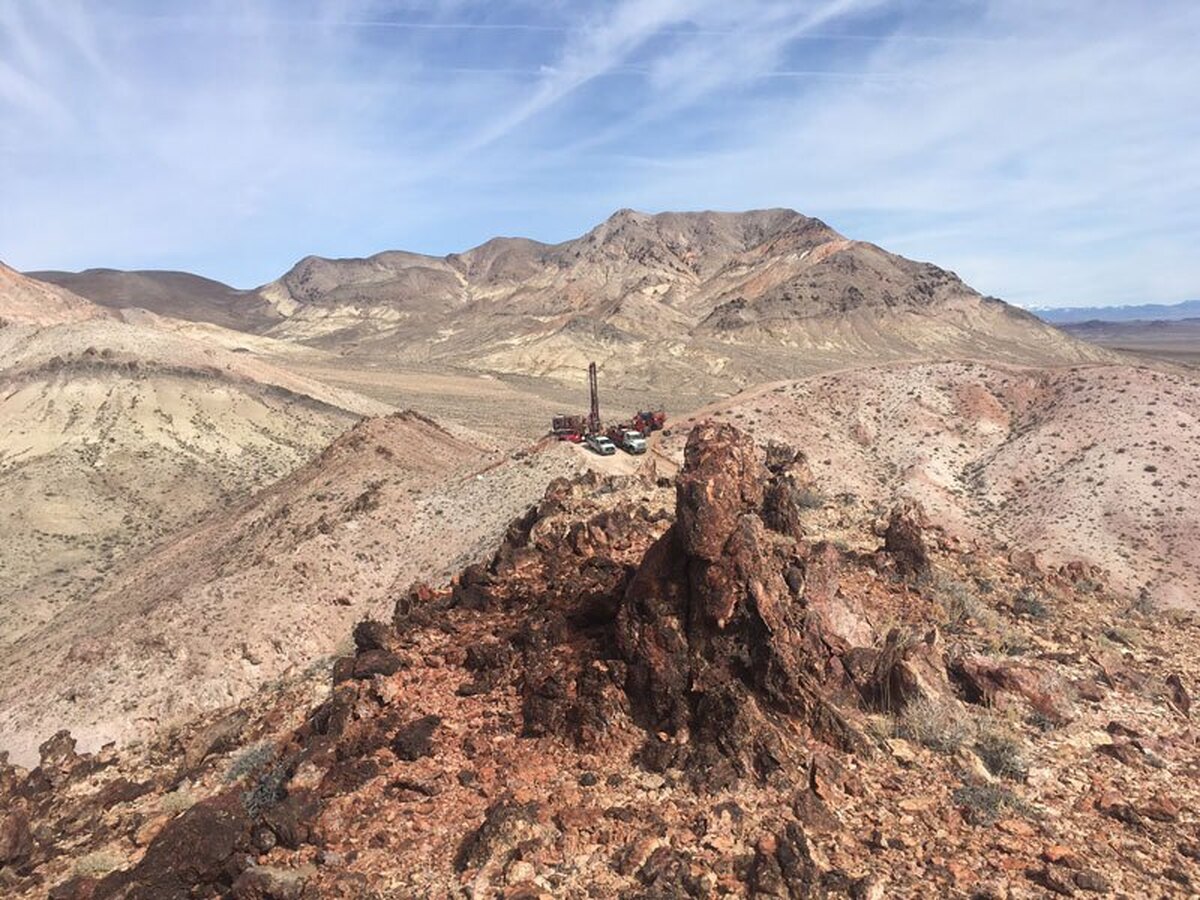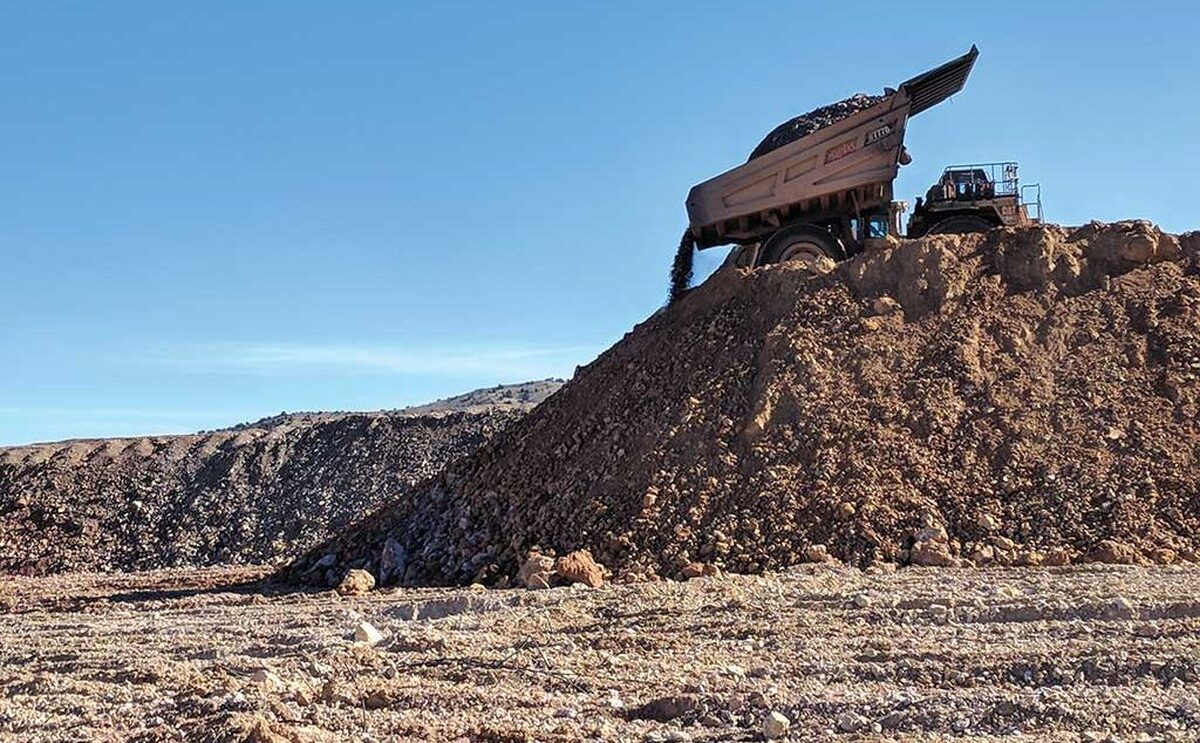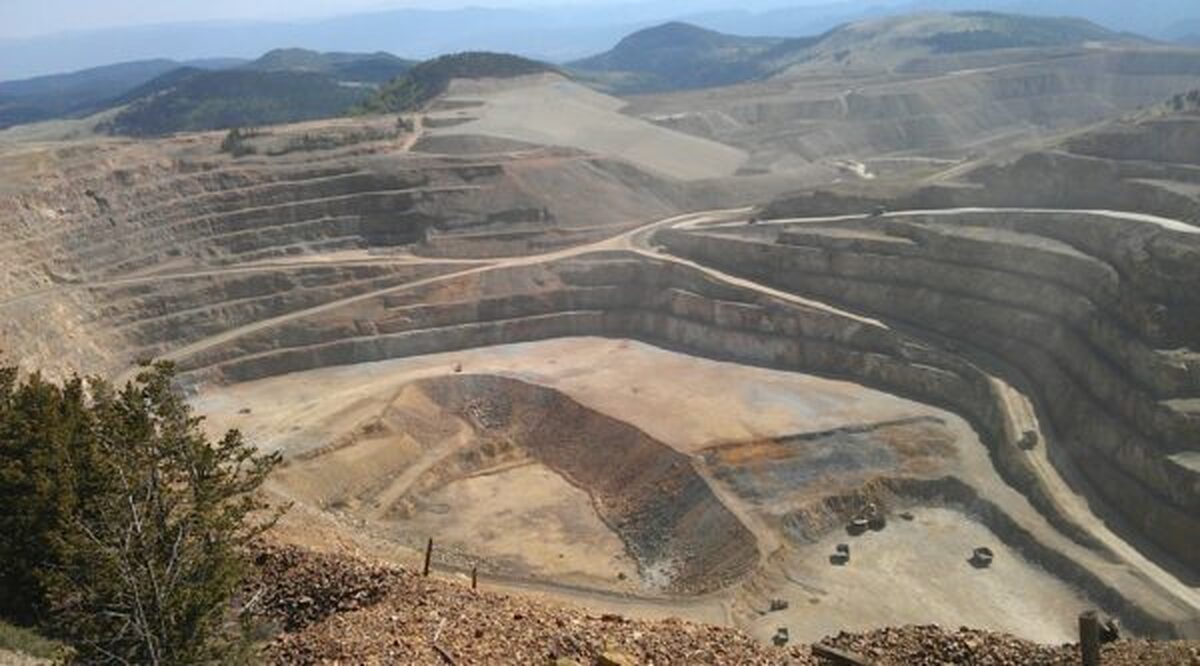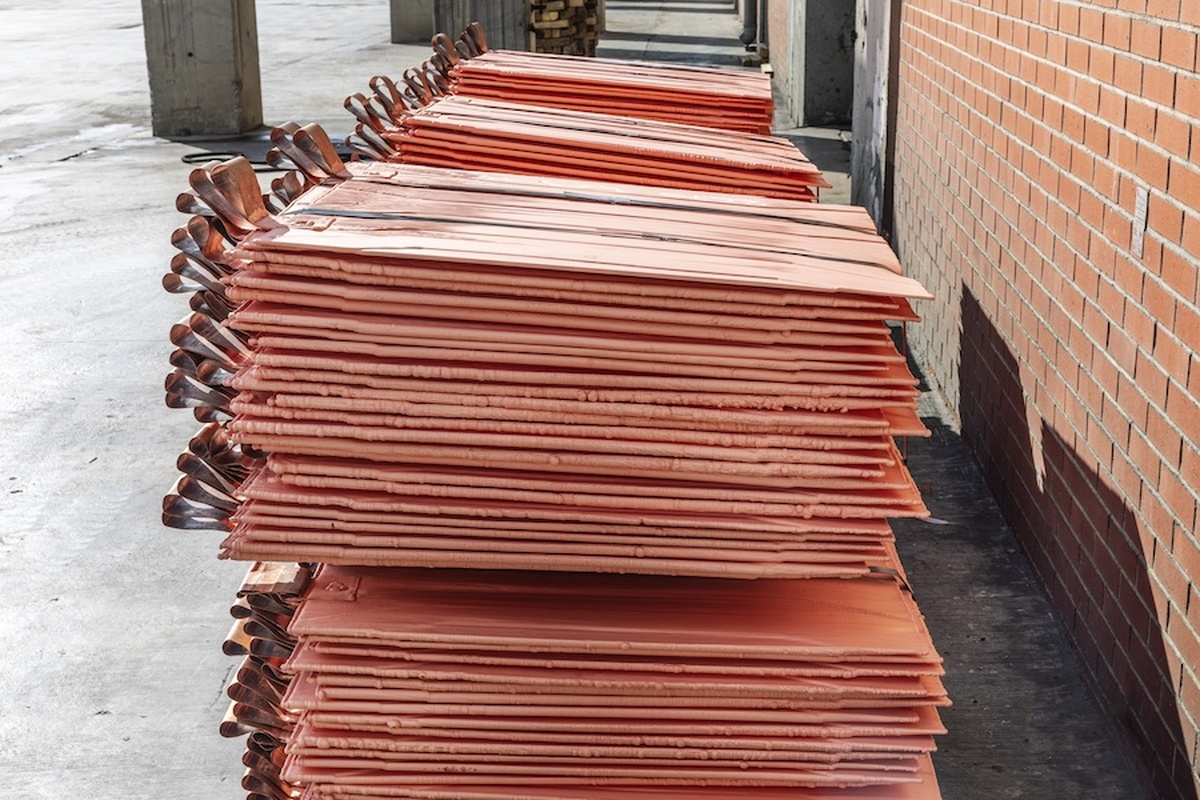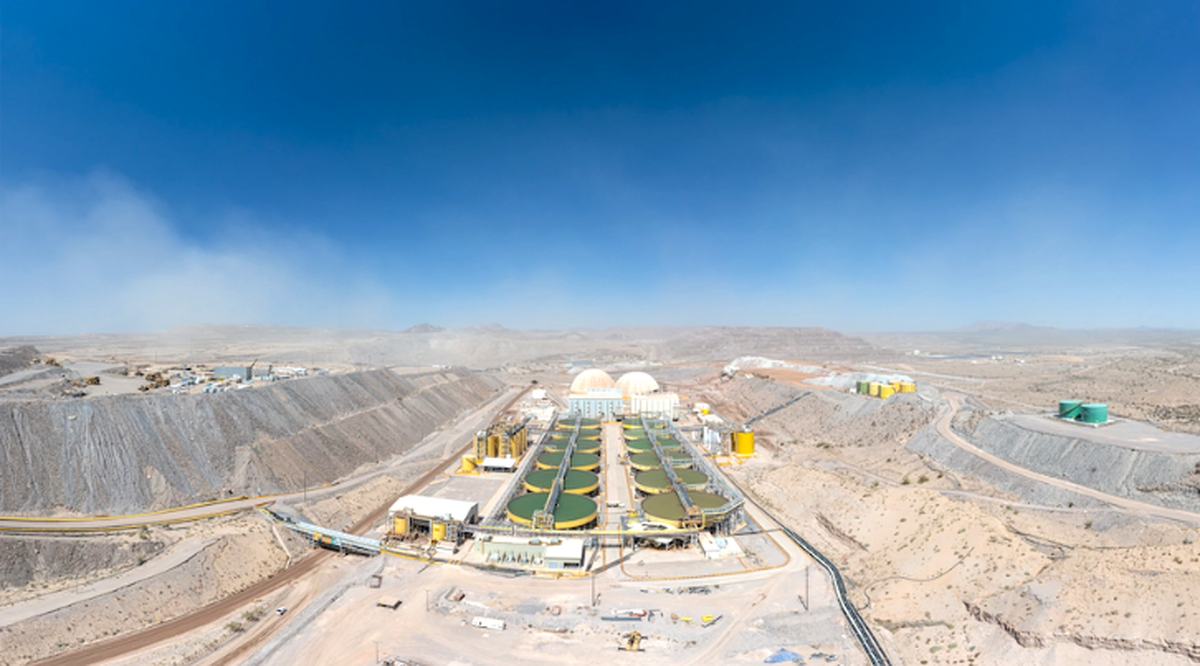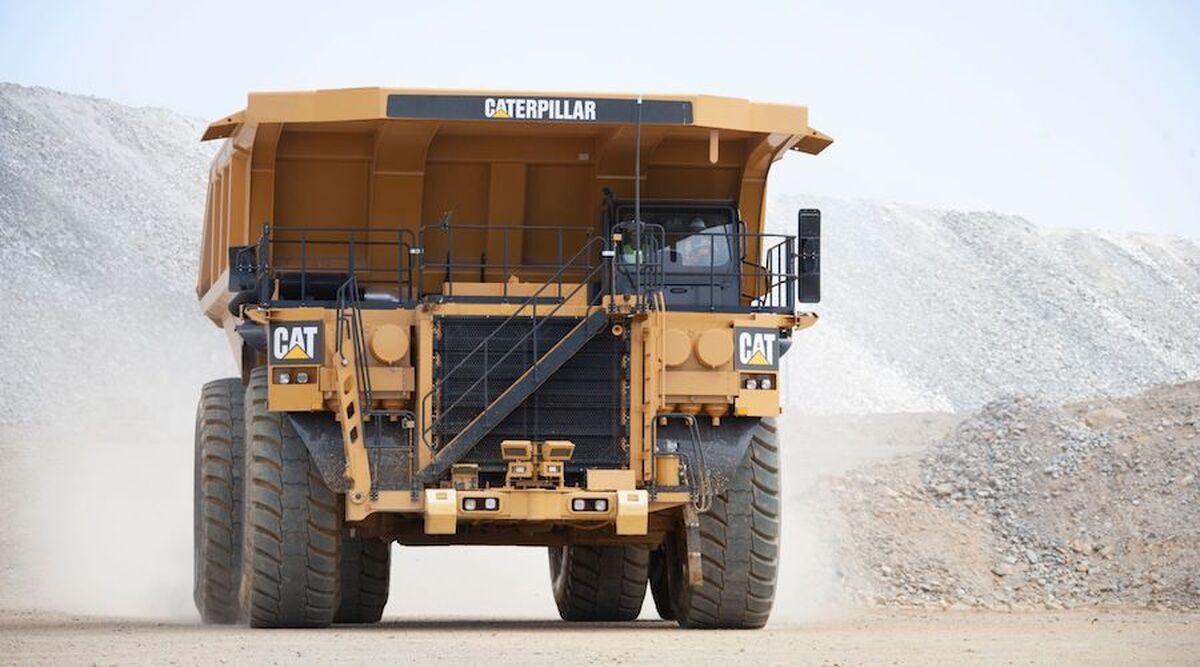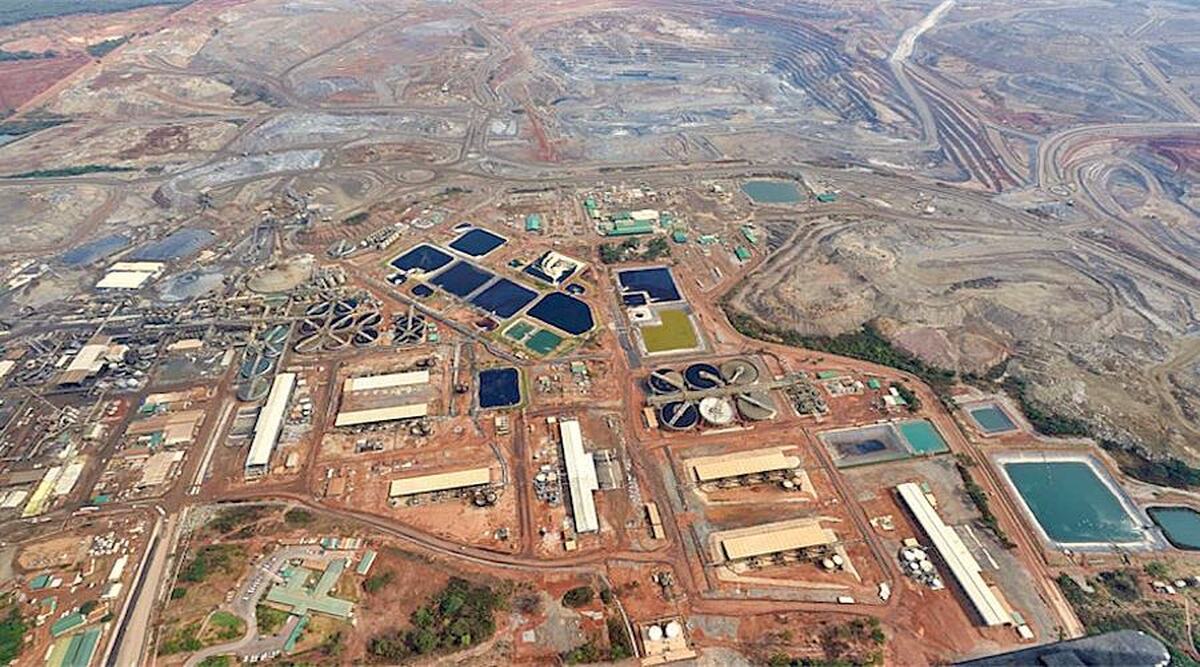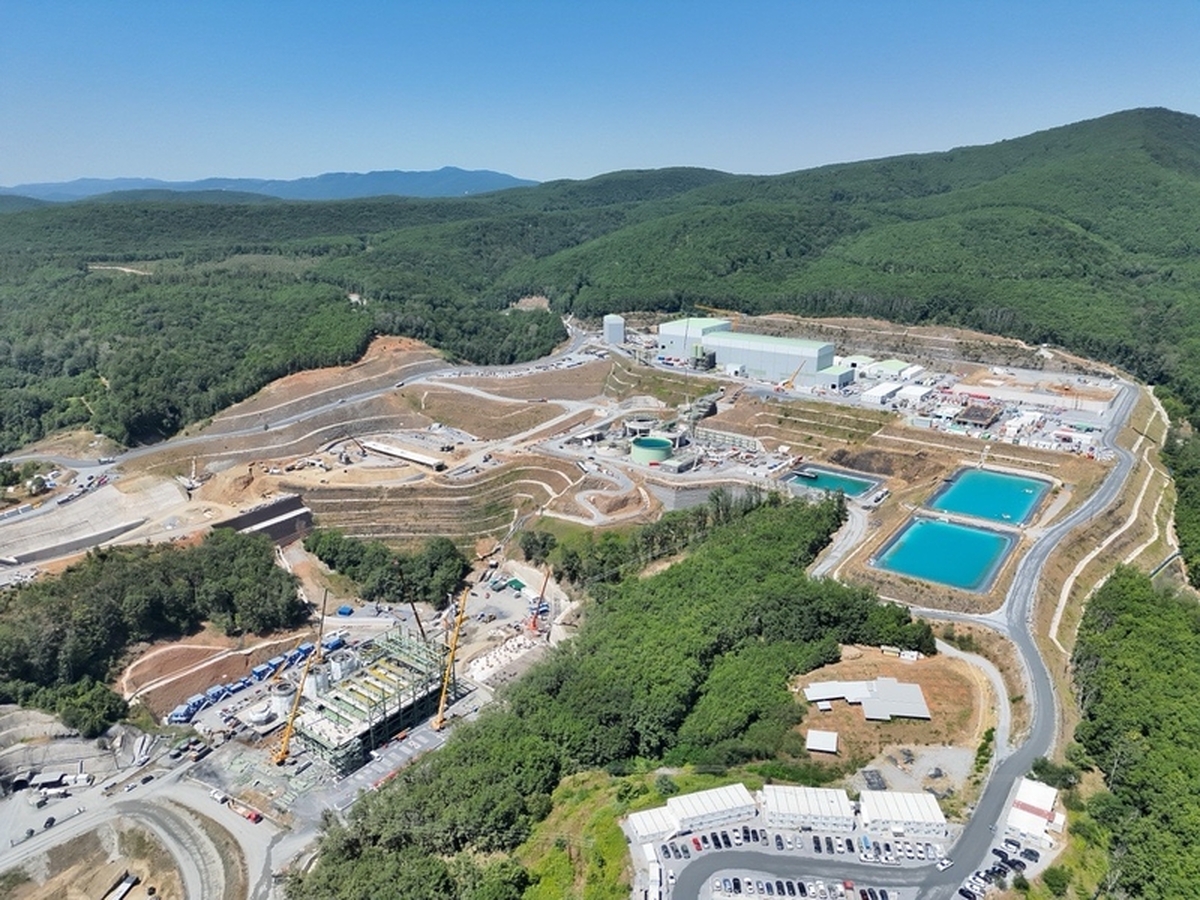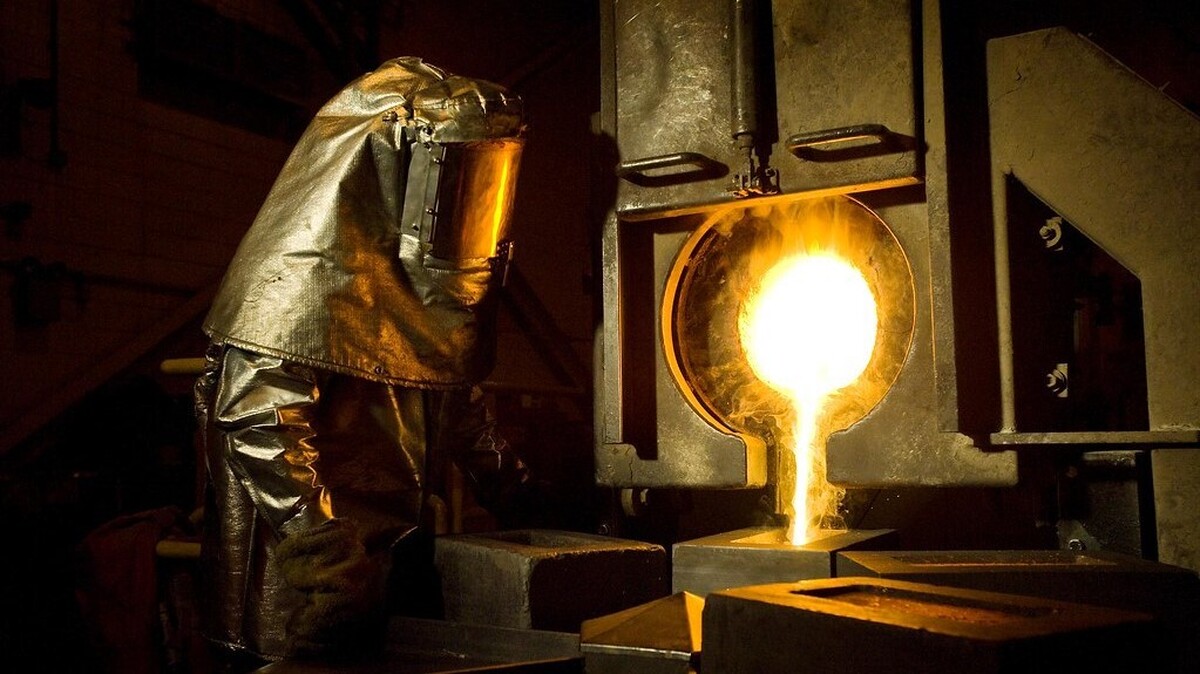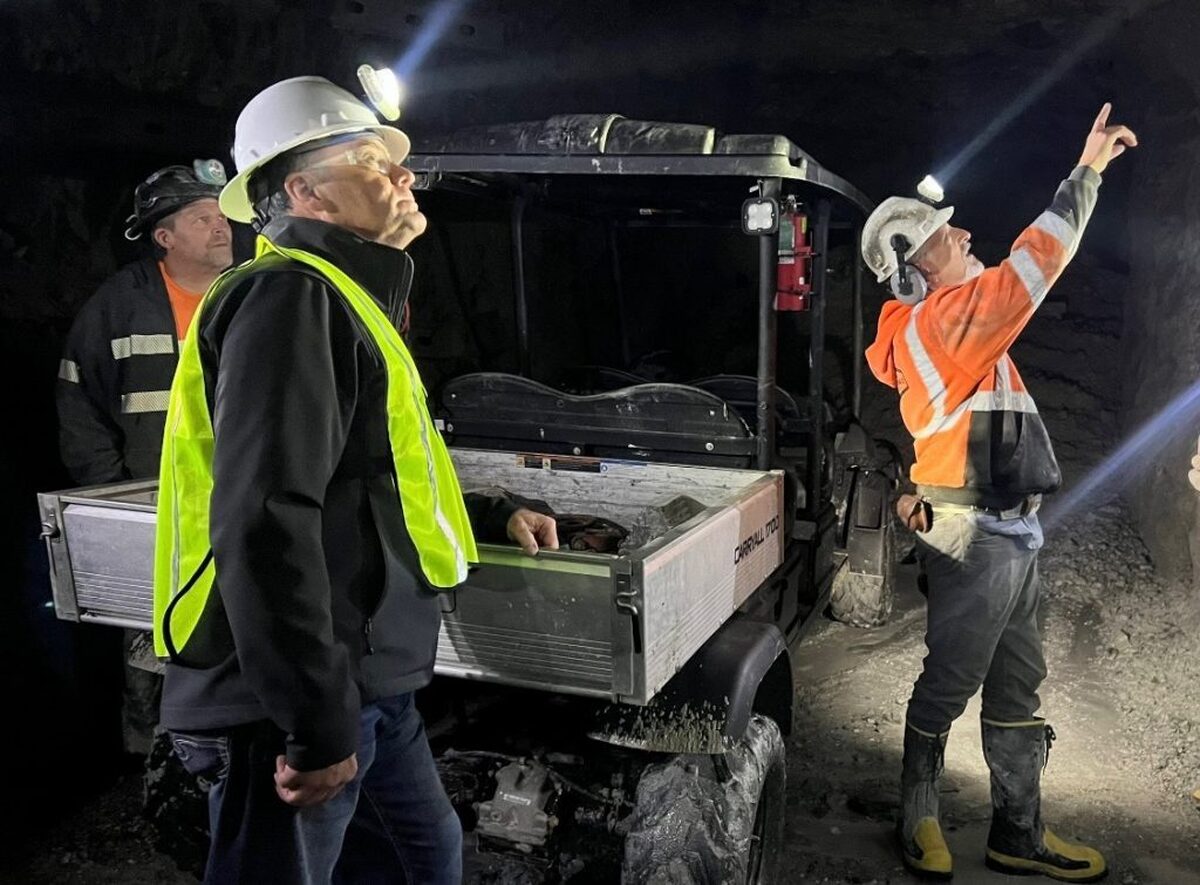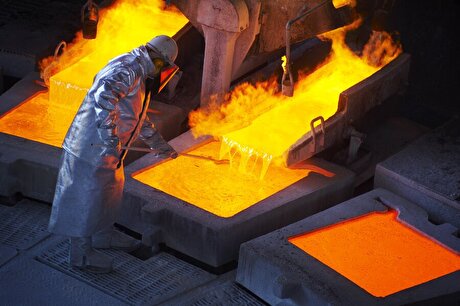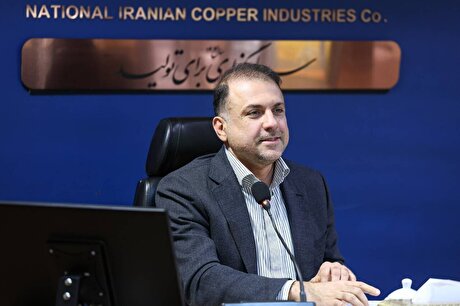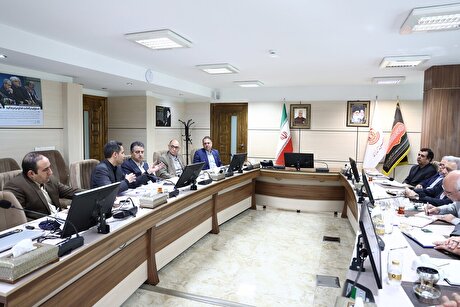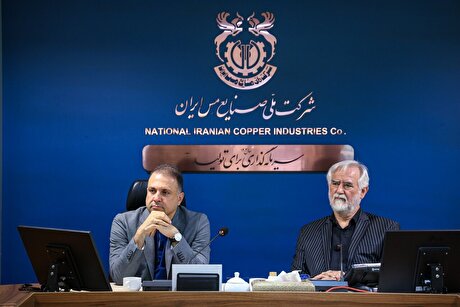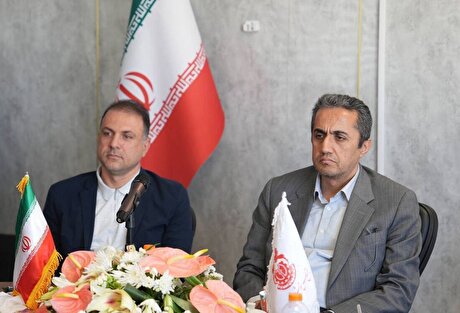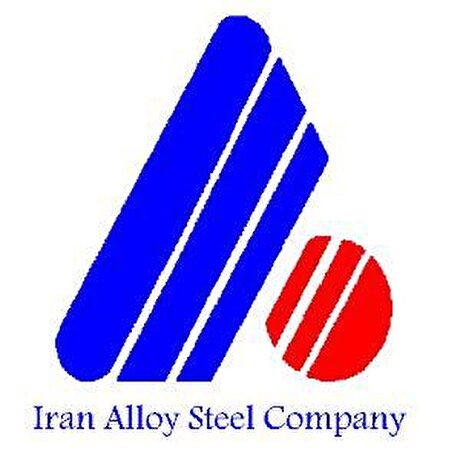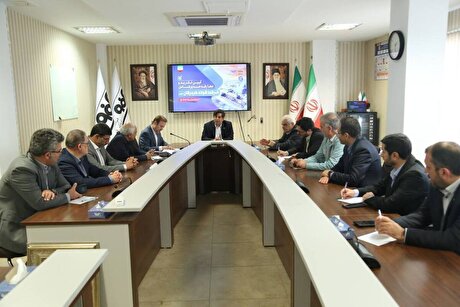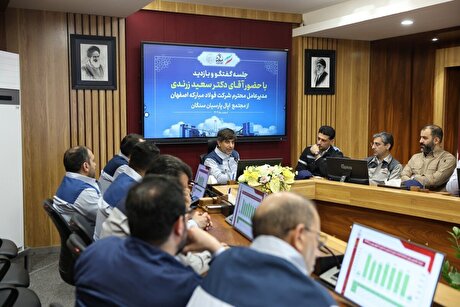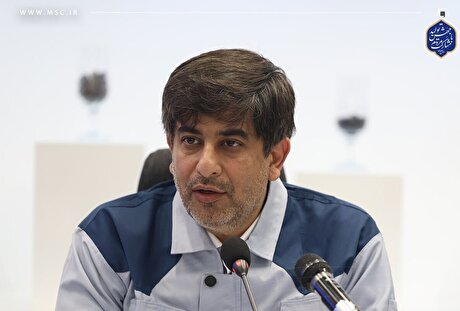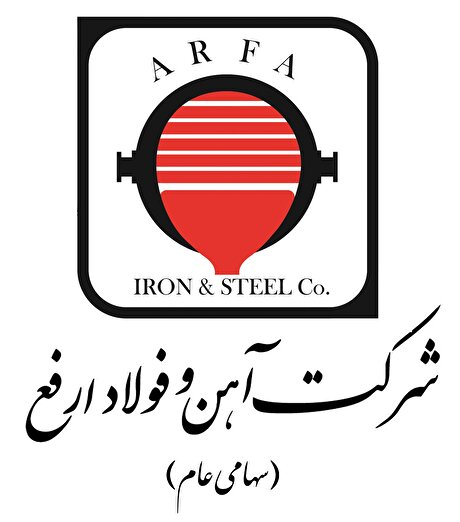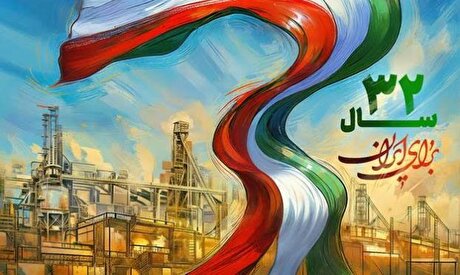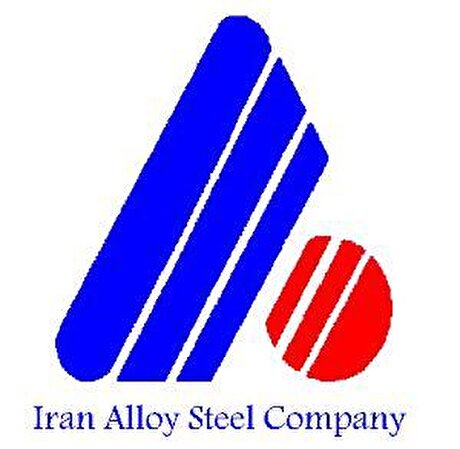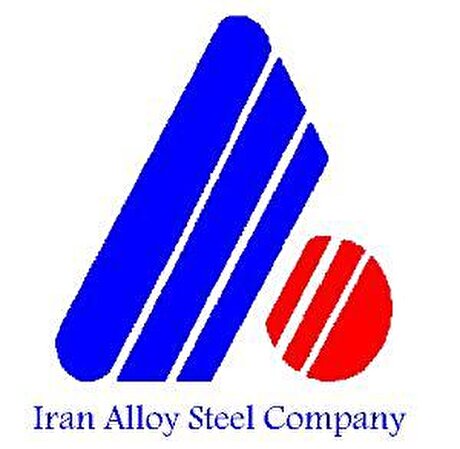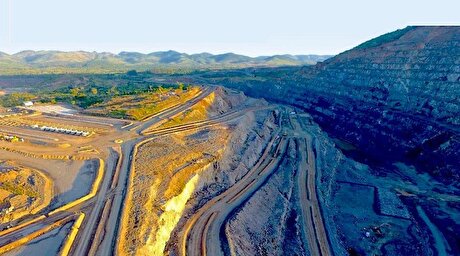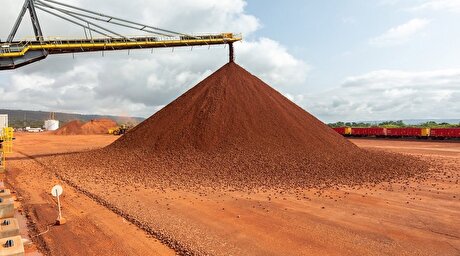
NextSource soars on Mitsubishi Chemical offtake deal
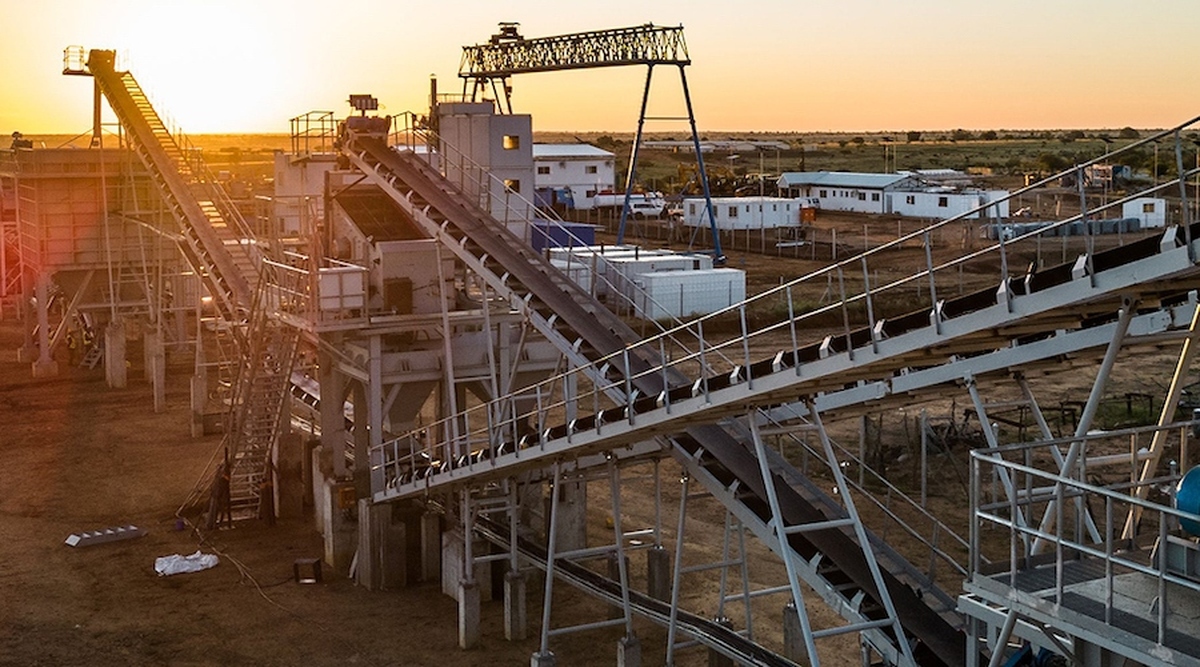
According to me-metals cited from mining.com, NextSource — which mines graphite from its Molo project in Madagascar — will supply 9,000 tonnes of intermediate anode materials to Mitsubishi on an annual basis, with an agreed-upon price formula that comprises both a fixed and variable component linked to the mine’s economics.
The graphite concentrate, dubbed the SuperFlake, will also go through a qualification process through technical collaboration between the parties to confirm its compliance with specific anode quality and performance requirements. This process is expected to be finalized in 2026.
The anode materials will then be processed at Mitsubishi’s facilities in Japan into a final battery product that will be shipped to a major automotive equipment manufacturer based in North America, with full-scale ramp-up expected in 2027.
Following the announcement, NextSource’s stock jumped by 27.1% by noon ET in Toronto, for a market capitalization of C$100.4 million ($72.8 million).
Vertically integrated strategy
NextSource says this offtake agreement represents “a major milestone” in its strategy to become one of the very few vertically integrated graphite producers outside of China.
Anchored by one of the world’s largest graphite deposits in Molo, the company is looking to build a significant downstream value-added business capable of large-scale production of coated, spheronized and purified graphite (CSPG).
The company’s priority is the development of a large-scale battery anode facility (BAF) to meet the volume capacities required for Mitsubishi, as part of the SuperFlake qualification process. It initially planned to build the BAF closer to the mine in Mauritius, but recently pivoted the location selection to the Middle East for its faster permitting, infrastructure and proximity to electric vehicle manufacturers.
Several prospective sites in the United Arab Emirates (UAE) are currently under consideration for the BAF, NextSource said, adding that the facility will serve as a secure and transparent source of supply for battery and OEM customers, entirely decoupled from existing Asian supply chains.
“We are excited to have entered into a partnership with Mitsubishi Chemical Corporation through a binding offtake agreement for the production of active anode material in the Middle East, leveraging high-quality graphite feedstock from our Molo mine in Madagascar,” NextSource CEO Hanré Rossouw said in a press release.
Mine expansion
Meanwhile, NextSource said it has begun preparations to expand its Molo mine operations to ensure that sufficient graphite feedstock will be available under the offtake agreement.
The Molo operation is currently in its Phase 1, which has a nameplate capacity of 11,000 tonnes per annum. The Phase 2 expansion, the company says, is expected to benefit from larger economies of scale, while continuing to qualify its graphite products through Phase 1 production. The expansion would take its capacity to 15,000 tonnes per annum.
NextSource said it is currently in discussions with partners to secure funding for both the construction of the large-scale BAF and Molo mine expansion.
The Molo mine, which began production in 2023, has a measured resource of 23.6 million tonnes grading 6.32% graphitic carbon and an indicated resource of 76.7 million tonnes grading 6.25% carbon.

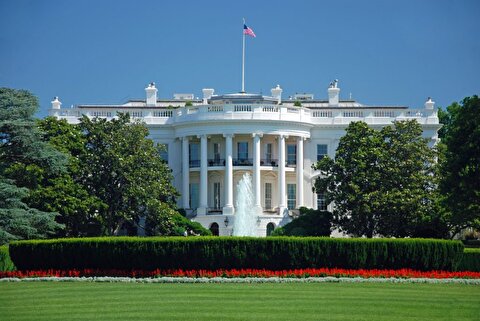
Trump weighs using $2 billion in CHIPS Act funding for critical minerals
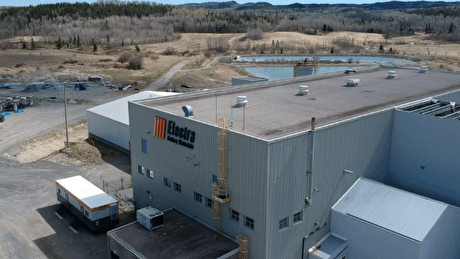
Electra converts debt, launches $30M raise to jumpstart stalled cobalt refinery
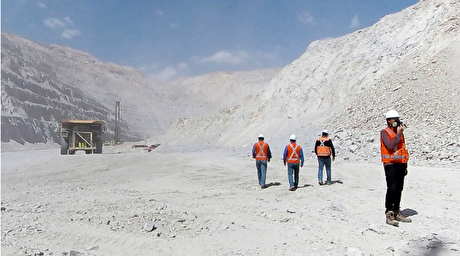
Codelco cuts 2025 copper forecast after El Teniente mine collapse

Barrick’s Reko Diq in line for $410M ADB backing
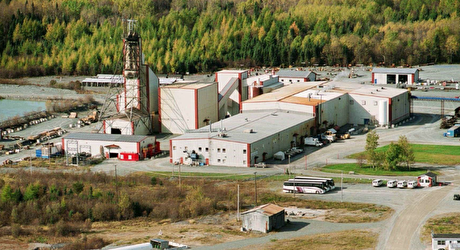
Abcourt readies Sleeping Giant mill to pour first gold since 2014
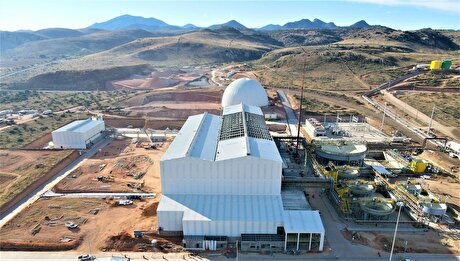
Pan American locks in $2.1B takeover of MAG Silver
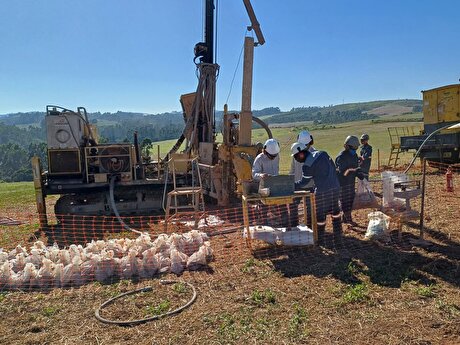
Viridis unveils 200Mt initial reserve for Brazil rare earth project
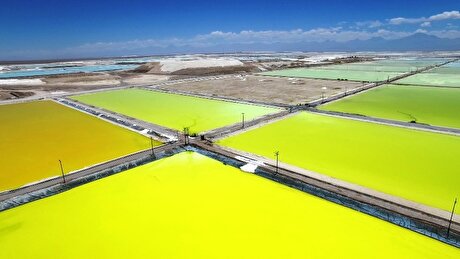
SQM boosts lithium supply plans as prices flick higher
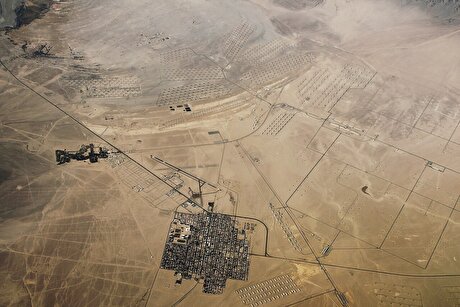
Nevada army depot to serve as base for first US strategic minerals stockpile
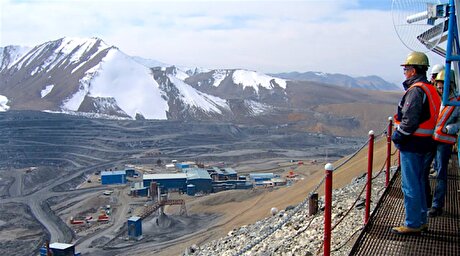
Kyrgyzstan kicks off underground gold mining at Kumtor
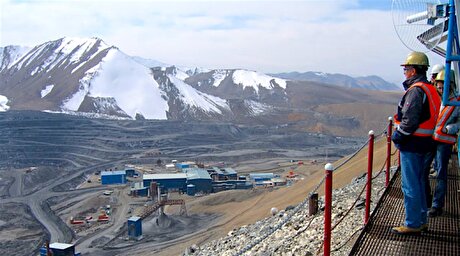
Kyrgyzstan kicks off underground gold mining at Kumtor
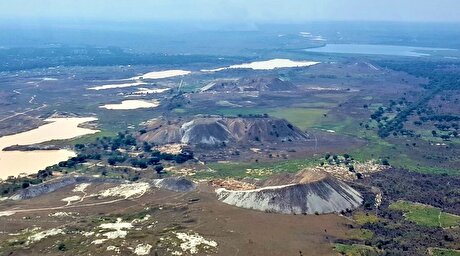
KoBold Metals granted lithium exploration rights in Congo
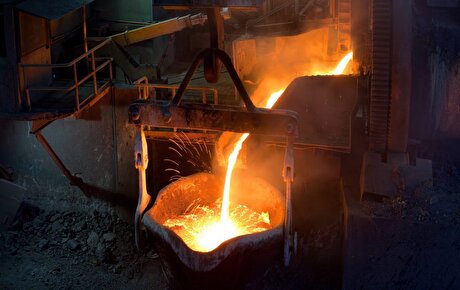
Freeport Indonesia to wrap up Gresik plant repairs by early September
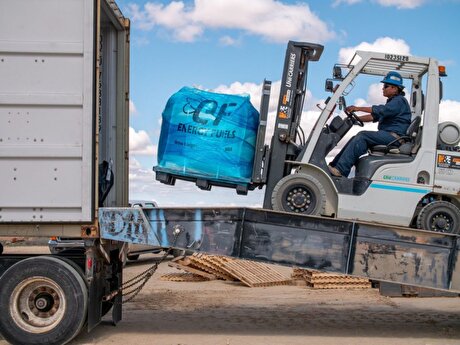
Energy Fuels soars on Vulcan Elements partnership
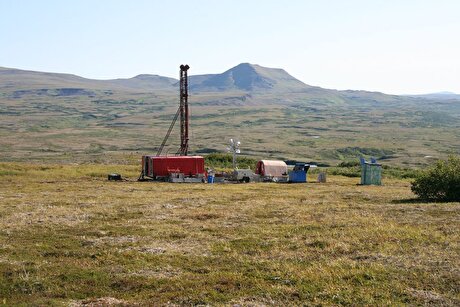
Northern Dynasty sticks to proposal in battle to lift Pebble mine veto
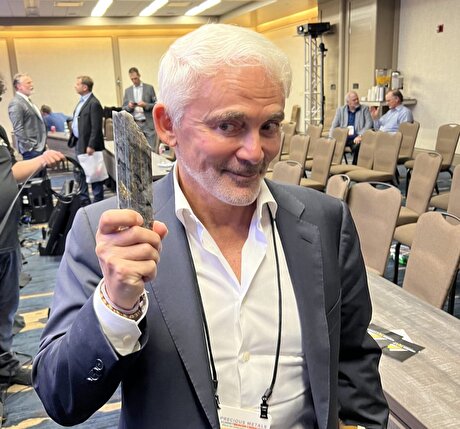
Giustra-backed mining firm teams up with informal miners in Colombia
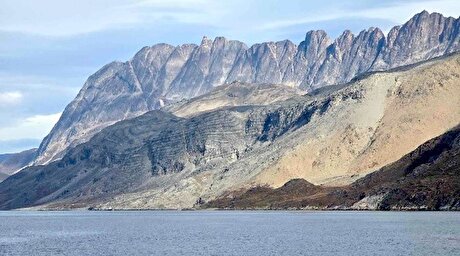
Critical Metals signs agreement to supply rare earth to US government-funded facility
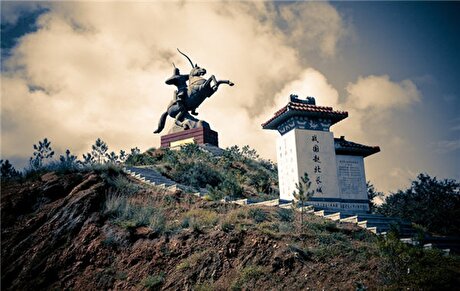
China extends rare earth controls to imported material
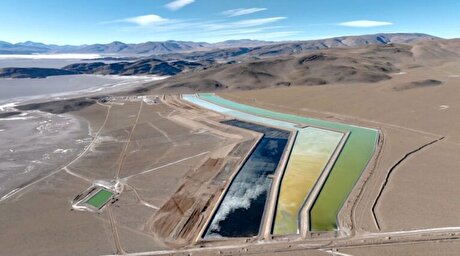
Galan Lithium proceeds with $13M financing for Argentina project

Kyrgyzstan kicks off underground gold mining at Kumtor

Freeport Indonesia to wrap up Gresik plant repairs by early September

Energy Fuels soars on Vulcan Elements partnership

Northern Dynasty sticks to proposal in battle to lift Pebble mine veto

Giustra-backed mining firm teams up with informal miners in Colombia

Critical Metals signs agreement to supply rare earth to US government-funded facility

China extends rare earth controls to imported material

Galan Lithium proceeds with $13M financing for Argentina project
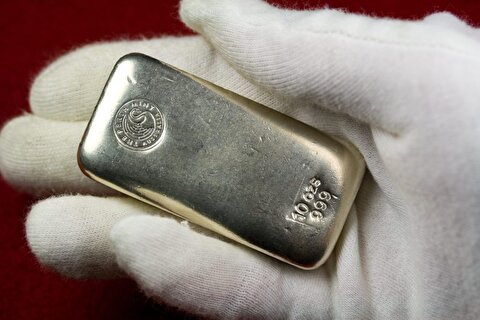
Silver price touches $39 as market weighs rate cut outlook
